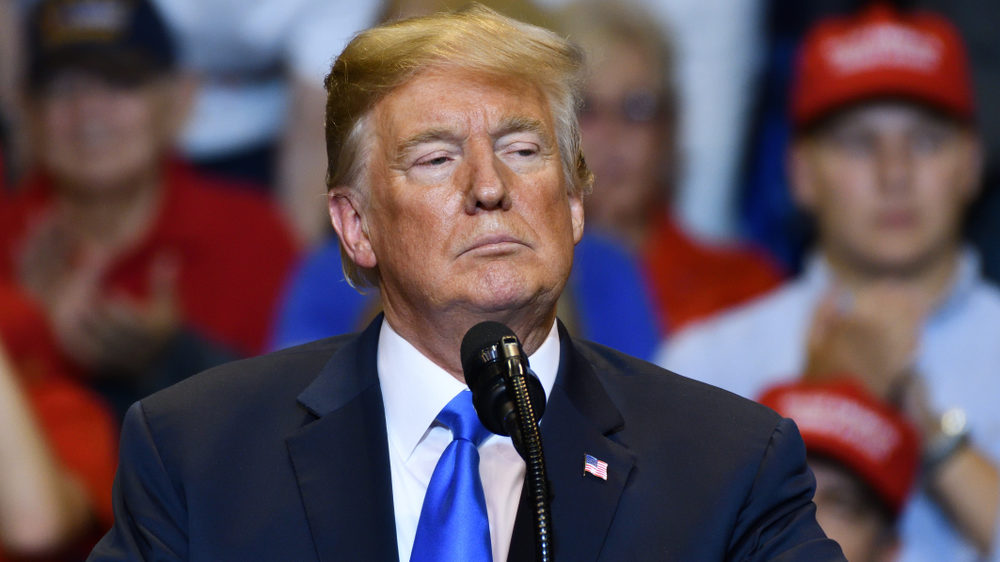Dollar-Backed Stablecoins Are Holding Their Own Amid Coronavirus Chaos
Habit de Monnayeur (Coiner) by Nicolas II de Larmessin, 1695 (via Wiki commons). A “coiner” in the old days was a person who coined money, often counterfeit coins.
As the global equities markets continue along their uncertain path, most major stablecoins are holding up to the “stable” part of name amid the worst global pandemic since 1918.
Cryptocurrencies have fallen to historic lows with most major assets trending at the same prices seen nearly a year ago, erasing most of the bullish gains experienced throughout the last quarter of 2019 and the first quarter of 2020.
In the broader markets, the ASX 200 fell 8.9 percent on Monday, its worst single-day loss since 1987, and is down 10.6 percent since the start of the week. U.S stocks also shared a similar fate, is off by 11.6 percent since Friday’s close. Oil is down to its lowest point in nearly four years while gold, often praised as a safe-haven asset during economic uncertainty, is still trending significantly down from its March 9 peak of $1,703 to stand at $1,491 per troy ounce.
What seems to be unflappable during the COVID-19 outbreak, however, are tokens known as stablecoins. Their values are generally pegged to fiat currencies such as the U.S. dollar or the Chinese yuan and, more recently, exchange-traded commodities such as gold.
Stablecoins provide ease of access for traders and investors in the crypto markets and increase liquidity that would otherwise take hours or days to process via traditional payment rails going from fiat to crypto or vice versa.

According to CoinDesk Research data pulled from Messari, top U.S. dollar-backed stablecoins such as Paxos Standard (PAX), Tether (USDT), USD Coin (USDC), Binance USD (BUSD) and TrueUSD (TUSD) have all retained their market capitalization º that is, they are trading at the value of their deposited assets º over the past seven days, shifting less than 0.25 percent.
“With the significant level of ‘risk-off’ trading in every asset class, cash is again king, and in the crypto market the best representation of that is the more liquid USD [U.S. dollar] stablecoins,” said Richard Galvin CEO at Digital Asset Capital Management based in Sydney, Australia.
“Our view is sellers are either doing this with a view to buy back at lower points in the future or because these stablecoins are their best and/or only way to hold U.S. dollars,” Galvin added.

Looking at the performance over March, the story remains the same amid the backdrop of one of the worst months in crypto’s history. While most of the market has been down since March 13, the industry’s top 5 stablecoins have barely shifted in value over a much larger timeframe.
Traditional assets have been taking a hit and major cryptos such as bitcoin (BTC) and ether (ETH) have experienced huge bouts of volatility and declines in value but stablecoins are looking more like a safe haven for those who want to remain in the market without exposing themselves to too much risk.
In a recent string of tweets, the CEO and co-founder of USDC issuer Circle, Jeremy Allaire, said it was “rewarding” to see that blockchain-based monetary infrastructure was working as intended.
“Fascinating to see ‘flight to safety’ within the crypto macro market, but also demand for high-quality USD liquidity for markets,” he said on March 14.
“Demand for internet dollars, digital, fast, global, secure, cheap to use, should increase significantly. People and businesses will want an architecture where they can make and receive payments with less counter-party risk and more security,” Allaire added.
Disclosure Read More
The leader in blockchain news, CoinDesk is a media outlet that strives for the highest journalistic standards and abides by a strict set of editorial policies. CoinDesk is an independent operating subsidiary of Digital Currency Group, which invests in cryptocurrencies and blockchain startups.









